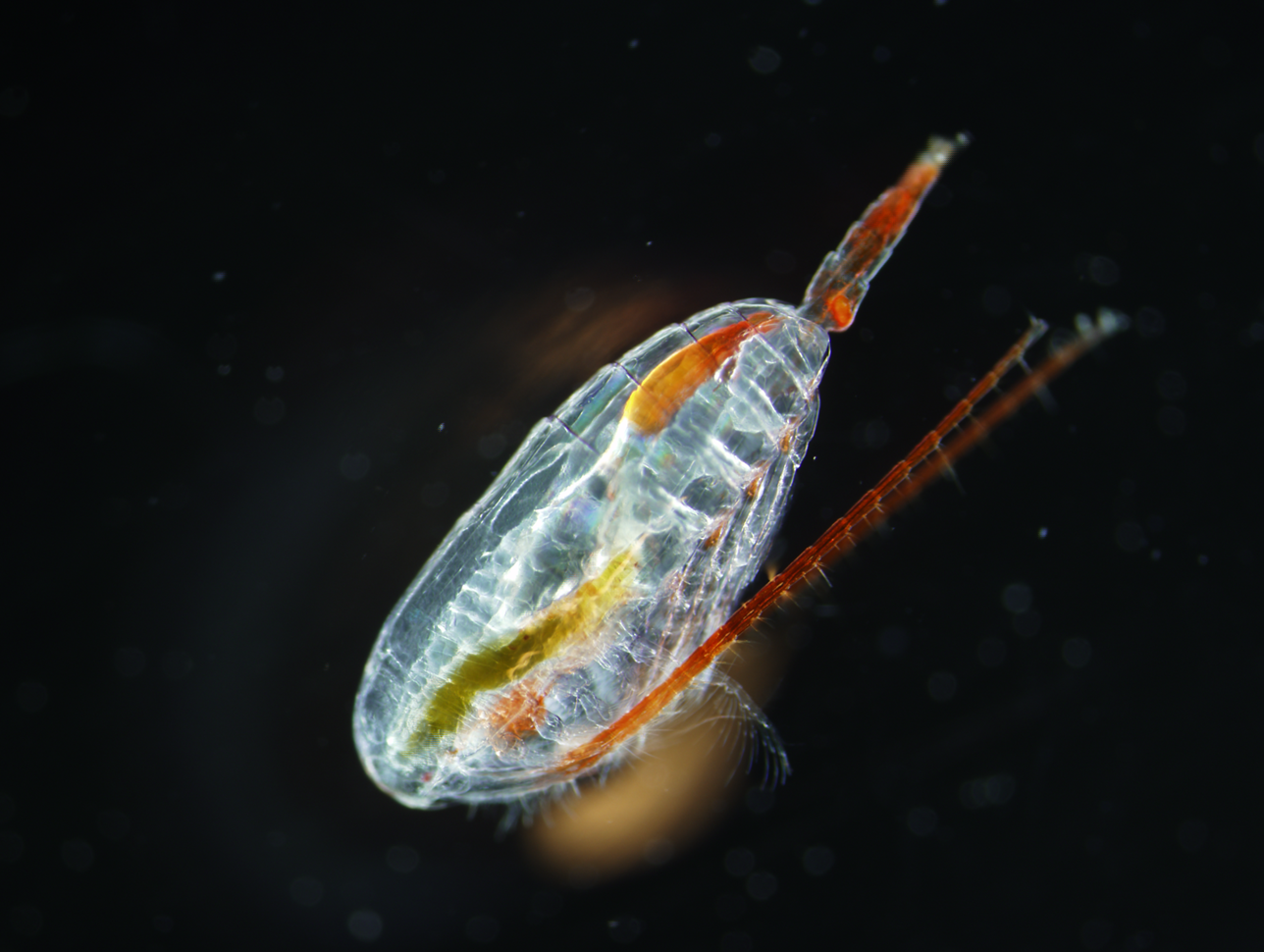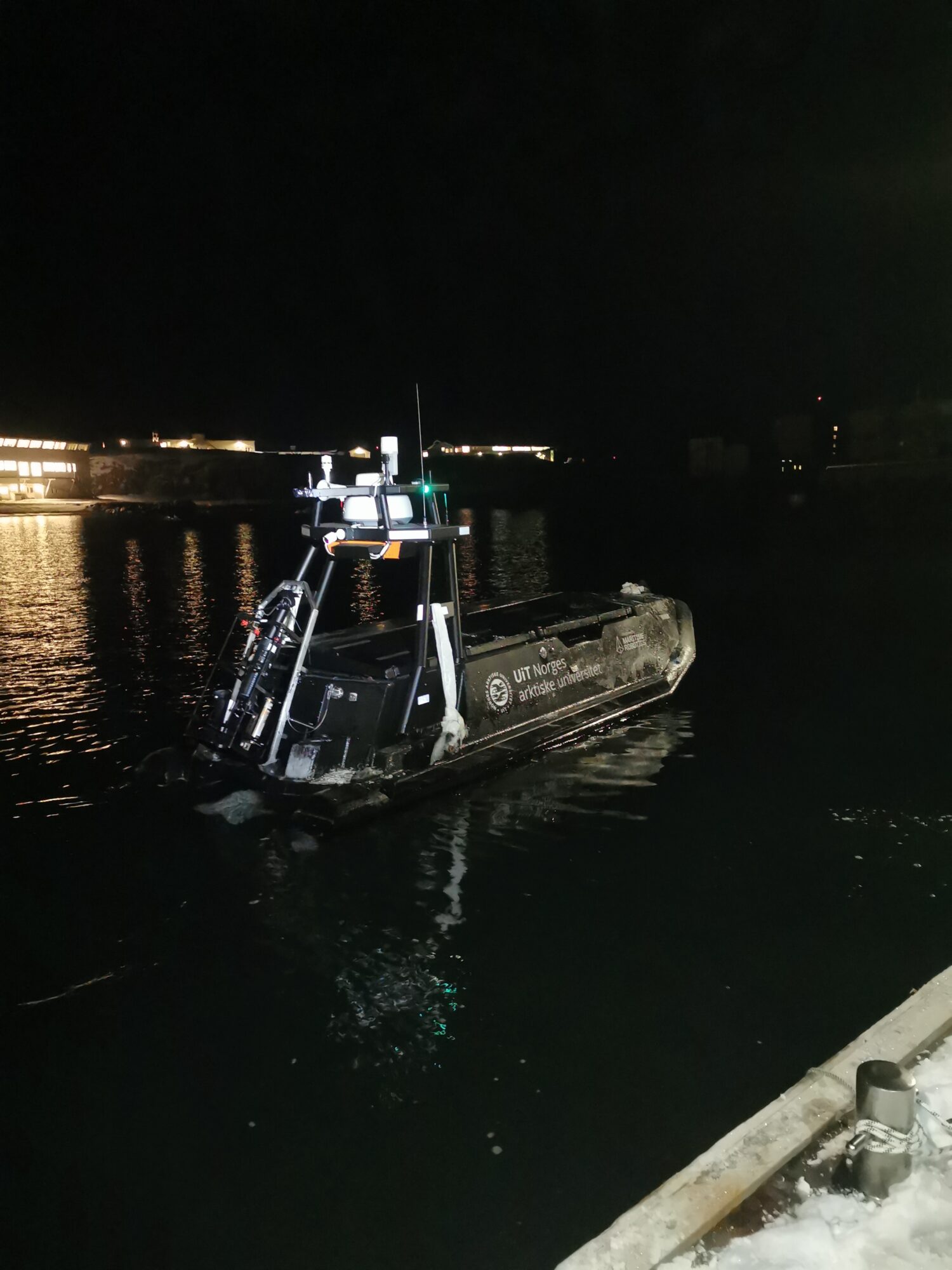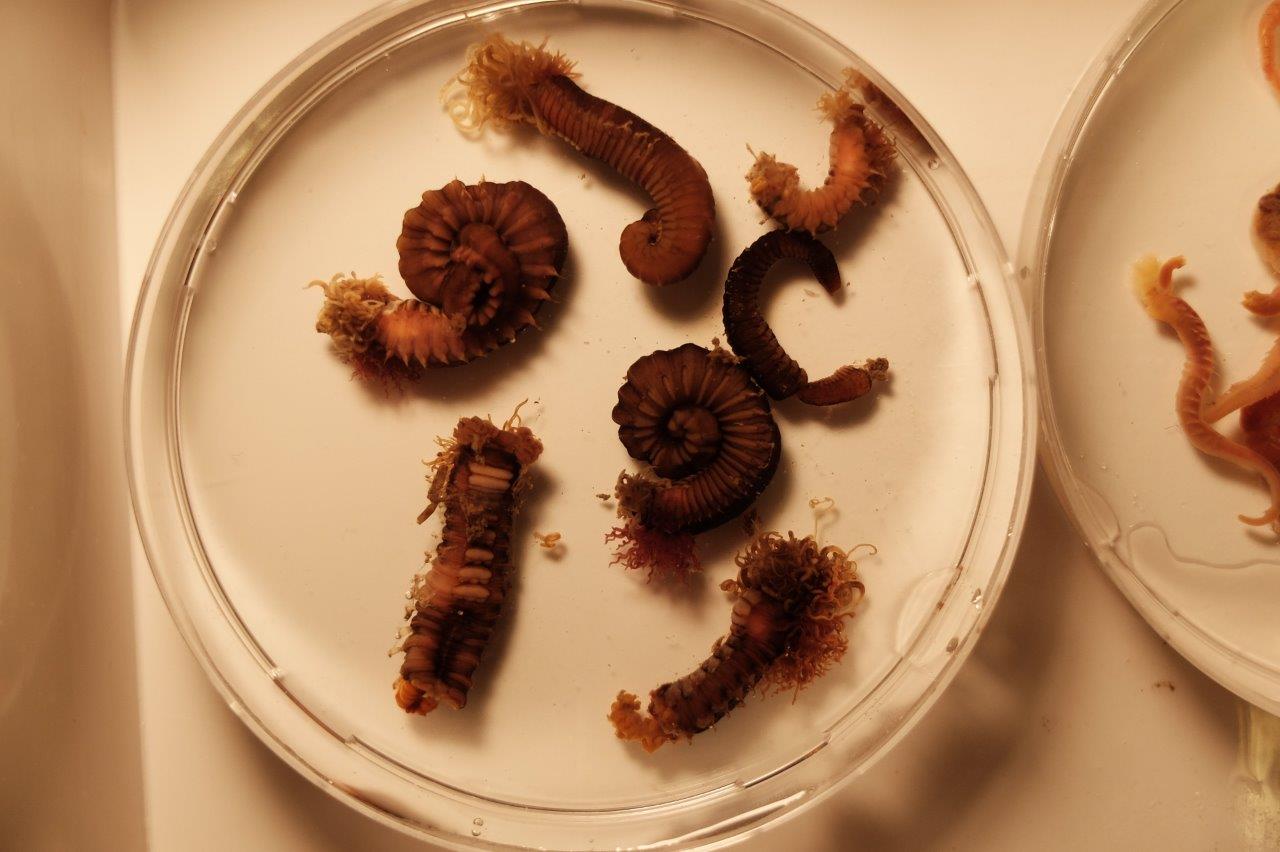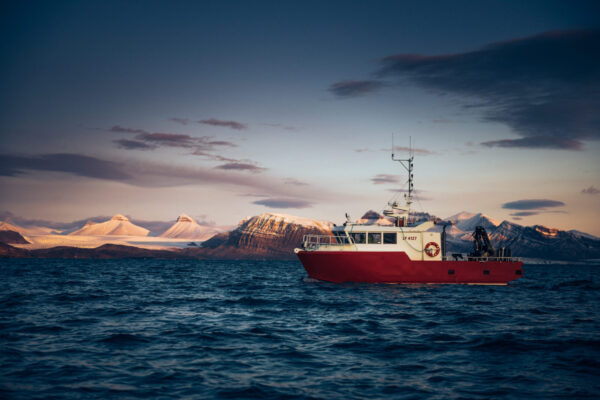Photo: Dagmara Wojtanowicz
High activity at the marinelab in the dark season
This January and February five different projects with more than 20 scientist has been working in the Marinelab in Ny-Ålesund Reserach Station.
The total team of scientist has been multinational with representatives from USA, Norway, Germany, UK, and France hosted by AWIPEV and NPI in Ny-Ålesund. Topics that have been covered has been oriented marine biology in the polar night, within these topics:
- Marine larvae
- Biologically produced light and artificial light
- Copepods and climate change
- Fate of macroalgae detritus
Check out the five projects below!

Larval biology in the polar night

Fitness of male arctic copepods in Kongsfjorden

Light as a Cue for Life in the Arctic

The impact of artificial light on arctic marine organisms and ecosystems during the polar night

Fate of macroalgae detritus as food sources in polar coastal ecosystems
Read about the French/German project here in the RiS-portal.
Read more about the network of scientists in Ny-Ålesund in the page below:
Did you find what you were looking for?
